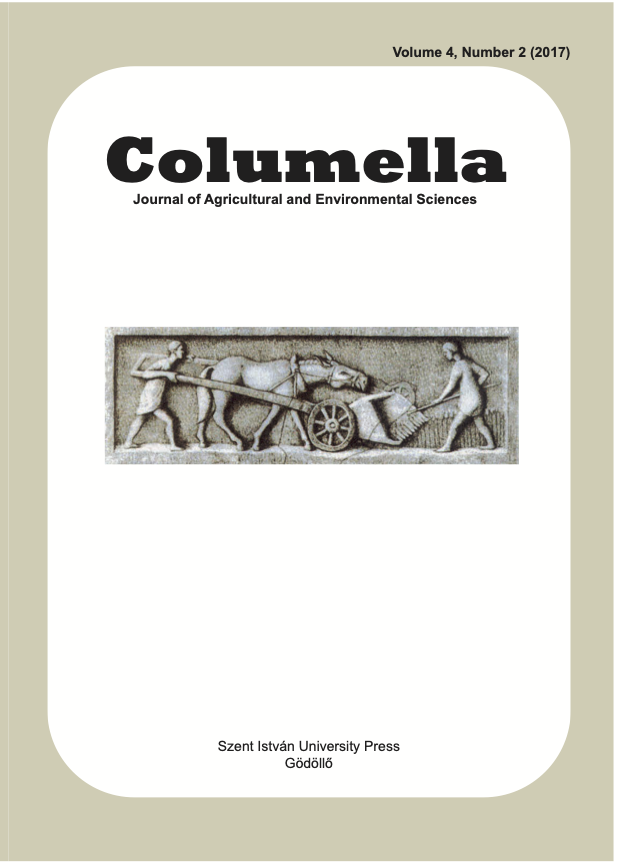The profitability of millet cultivation on heavy soils
DOI:
https://doi.org/10.18380/SZIE.COLUM.2017.4.2.63Abstract
Between years 2013 and 2015, field treatments with millet variety Biserka was carried out in locality Milhostov, where experimental place of Agroecology Research Institute is situated. Two soil tillage technologies (conventional and reduce tillage) and two fertilization variants (control and soil conditioner PRP SOL) were examined. The economic effectiveness of individual variant of millet growing was evaluated. In experimental years 2013 – 2015 the highest costs (more than 560 € ha-1) were determined for conventional tillage at variant with soil conditioner PRP SOL. The lowest costs, on level 330 € ha-1, was on control variant under reduce tillage. In year 2015 the weather was very severe, which was the cause of the lowest millet yields and so the lowest gains were achieved, too. The highest profitability was determined for control variants under reduce tillage. Lower gains from variants with application of PRP SOL soil conditioner will be compensate in next years, when impact of this conditioner on soil environment will be more significant and will be effected of consecutive crops.
Downloads
Published
Issue
Section
License
Copyright (c) 2017 Ladislav Kováč, Dana Kotorová, Jana Jakubová, Pavol Balla

This work is licensed under a Creative Commons Attribution-NonCommercial-NoDerivatives 4.0 International License.






